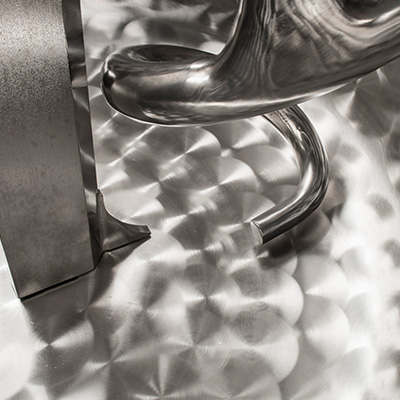When should you use a spiral mixer?
Apr 27th 2016
Spiral Mixers are most commonly used for mixing bread or pizza dough. This includes very stiff dough with low absorption ratios (hydration) and high absorption ratio dough types such as ciabatta. The function of a spiral mixer is to gently mix dough, allowing it to develop the proper gluten structure (good), while not overworking the dough (bad). What spirals lack in versatility (dough only), they make up for in the quality and quantity of dough that can be mixed.

A spiral mixer has a permanently mounted dough hook for kneading. The bowl of a spiral mixer rotates the dough into the spiral hook which kneads the dough. A breaker bar divides the dough allowing only a portion of the dough to pass into the hook. The spiral hook creates the beneficial kneading of only a portion of the whole dough mass at any given time. This action keeps friction heat low and provides a more uniform mix of the ingredients.
Similar to their planetary counterparts, spiral mixers can also have multiple speeds to facilitate dough development. Mixing dough in a spiral; low speed helps bring the mix together into a homogenous mass; whereas a higher speed is meant to develop the gluten structure of the dough.
Where planetary mixers are referred to by the content size of their bowl (i.e. 20 qt, 60 qt), spiral mixers are referred to by the amount of dough they can mix (130 lb. or 175 lb.). Spiral mixers have the ability to mix batches as small as 25% of its capacity. For example, the Globe GSM130 can produce batches from 33 lbs. to 130 lbs. and the GSM175 from 44 lbs. to 175 lbs.
